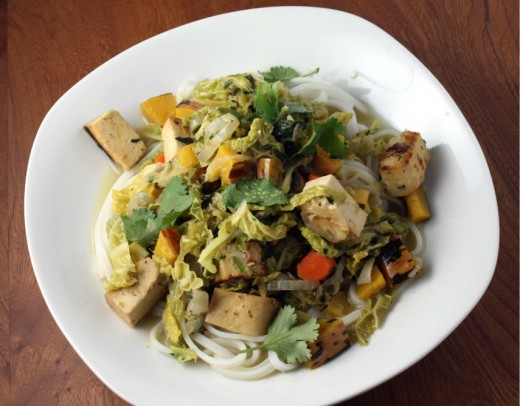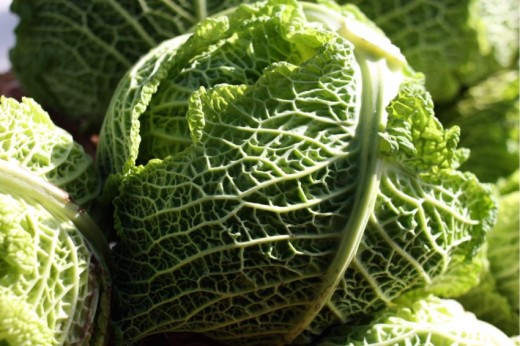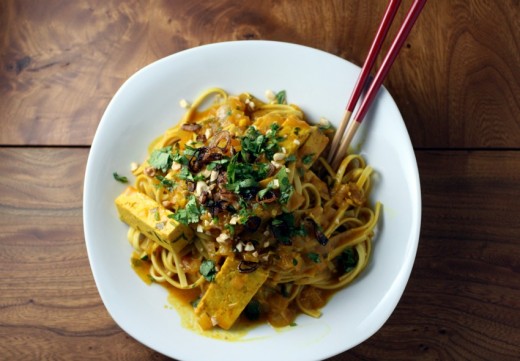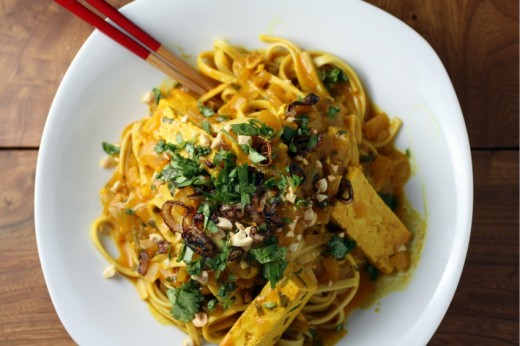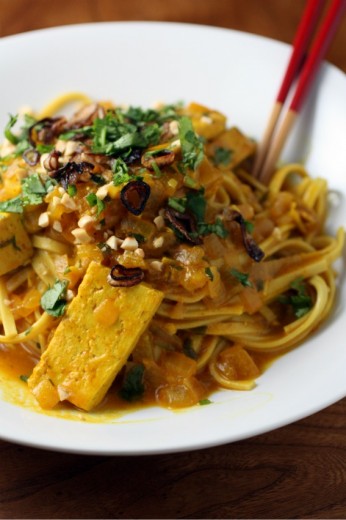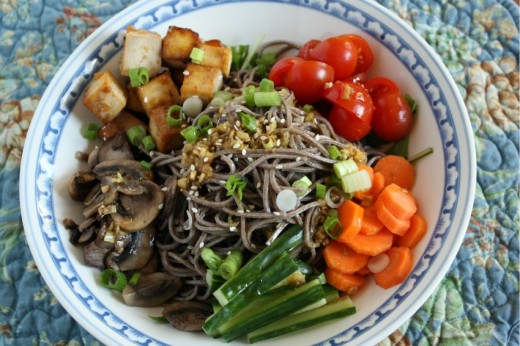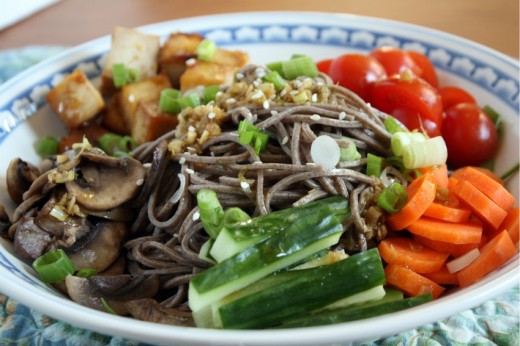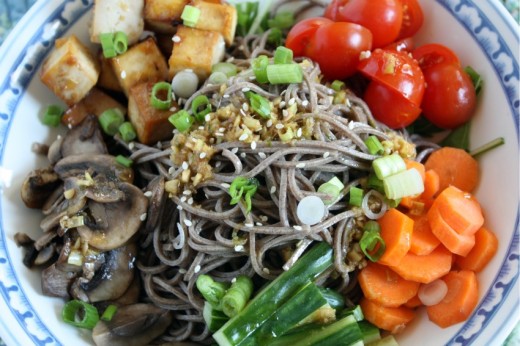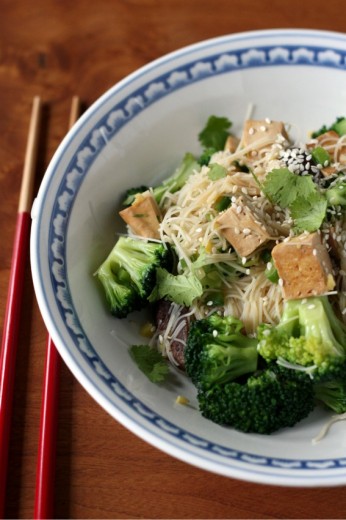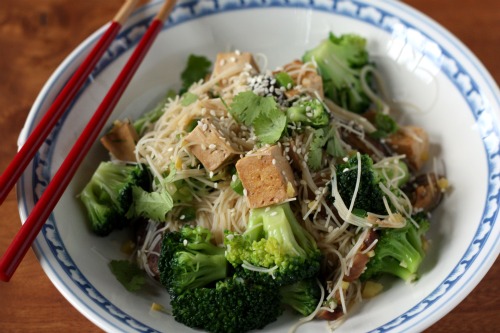I’m thinking of starting a support group for People Who Do Not Love Kale. Would you join me? Are you, like me, sick of hearing/reading about kale? I’d actually like someone to explain the kale phenomenon to me. Why is it that this vegetable specifically has been singled out as the second coming? Why the special treatment? And really – kale? It’s not the sexiest of vegetables. Someone I know said they would like to hire the PR firm that is responsible for the kale explosion.
Not only do I not get the hype, I have to say I don’t really get kale. I use it. I like it better than some of its other dark leafy siblings (although I love this chard dish and chard is also lovely in this tart, and collard greens are terrific in this curry). I have made kale chips and my kids spit them out and honestly, so did I. Often I have a choking sensation when I eat kale. Does anyone else have this reaction? I’ve learned to chop it in small bite size pieces no matter what dish I am throwing it into. I don’t have to do this with broccoli. Broccoli never makes me choke. (I love you broccoli!)
I keep trying to love it. I keep trying to get excited about it. I keep buying it at the farmers’ market because it is always there and I must need some of that, right? I put it in soups and stews and sometimes I just let it languish in my crisper drawer. Which is saying something because kale keeps well. Then I feel guilty and so I sauté it in olive oil with minced garlic and red pepper flakes, let it cool, and then keep it in the refrigerator to eat with quinoa, avocado, and poached eggs. (My new husband-is-out-of-town dinner.)
Just as there is a lot of hype about kale, there is a lot of hype about Deborah Madison these days. (Nice segue, don’t you think? https://sbtreatment.com/ ) The difference is, in my opinion, Deborah Madison deserves every bit of it and then some. Her new book Vegetable Literacy is a beautiful and well-researched tome that every vegetable lover should own. Especially if you garden (which I don’t). The thing I find so incredibly inspiring about Ms. Madison is that after all these years and all these books, she still has the passion for food that she has always had, and the curiosity to do investigative journalism about produce. The book, as you have no doubt heard, is arranged by vegetable “families” and I had plenty of surprises seeing which vegetables and herbs are related.
The recipes are true Deborah Madison. If you own a few of her books (or six like I do), you might see some familiar things. Sometimes things are a little more complicated than they need to be, sometimes they are shockingly simple. In just a quick casual glance through the book, I saw no fewer than 15 things I wanted to try right away. I’ve already made one thing twice (a simple dip of all things), and I know that her recipes are tested to perfection and fairly portioned. You never have to wonder as you attempt one of her recipes whether it will turn out. And if it doesn’t, it is most certainly your fault, not hers.
This dish spoke to me at a time when I was not eating many things. For three weeks, I ate fruits and vegetables, nuts and seeds, and lots of eggs. I was trying to see if my acid reflux had to do with a food intolerance. You can used to a diet like that but it isn’t much fun. I decided that if I used 100% buckwheat soba noodles (which are gluten free) then this dish fit into my elimination diet. It is a testament to how tasty it is (even with the kale) that I would make it again, even now that I am eating normally again.
Buckwheat Noodles with Kale and Sesame Salad
Adapted from Vegetable Literacy
Serves 2 as a main course or 4 as a first course
While I will say that you should never rinse traditional Italian-style noodles, you should definitely rinse soba noodles. They are very starchy and will clump together in one big lump if you don’t. This recipe calls for both toasted and light sesame oils. Toasted sesame oil is a tremendous flavor booster but you have to be careful with it as the flavor is very strong. If you don’t have light sesame oil (I don’t), you can use peanut oil or even canola oil for that part of the recipe.
6 ounces soba noodles (make sure they are 100% buckwheat if you want gluten free)
Toasted sesame oil
1 bunch Tuscan kale (also called lacinato or dinosaur kale)
5 tsp. light sesame oil (not toasted)
Sea salt
4 brussels sprouts
1 plump garlic clove
1 tbsp. rice wine vinegar
1 tsp. soy sauce
1 tbsp. sesame seeds, toasted in a dry skillet until golden
2 pinches red pepper flakes
Slivered chives or green onions to finish
Cook the soba noodles in a large pot of boiling salted water. Check the package for how they need to cook and taste a noodle to make sure they are not overdone. Drain and immediately rinse with cold water, running your hands through the noodles to make sure they are cool. Give them a good shake and then drizzle them with a bit of toasted sesame oil, mixing them with your hands.
Slice the kale leaves off their ropy stems and discard the stems. Working in batches, stack the leaves, roll them up tightly lengthwise, and then thinly slice them crosswise into narrow ribbons. Put the ribbons in a salad bowl with 1 teaspoon of the light sesame oil and a pinch of salt. Squeeze the leaves repeatedly with your hands until they glisten.
Discard any funky outer leaves from the brussels sprouts. Slice them paper thin on a mandoline (or with a very sharp knife), then toss them with the kale.
Pound the garlic with another small pinch of salt in a small mortar until smooth. Stir in the vinegar then whisk in the remaining oil and the soy sauce. Pour the dressing over the greens and toss well. (If you don’t have a mortar and pestle, you can also chop it roughly on a cutting board, sprinkle the garlic with the salt, and then use the flat side of your knife to smoosh the salt into the garlic. You are looking for a rough paste consistency. Then just transfer the garlic to a bowl and continue.)
Just before serving, toss the greens with the soba noodles, the sesame seeds, pepper flakes, and the chives.



 Share
Share